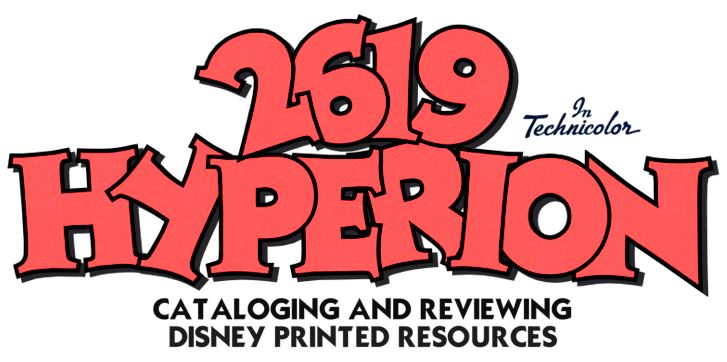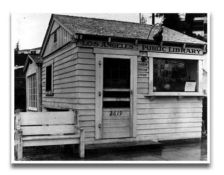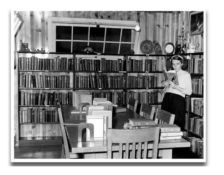I had a few people leave some Disney Geek Love (comments!) and they were really interested in my opinion of the work. I started reading the book one morning while I was waiting for my wife to pick me up at the car dealer (long story--don't ask). I was only there about fifteen minutes before she picked me up. Once we were on the way, I told her about my trepidation of reviewing the book. A lot of negatives popped up in the first couple of pages and I was a little shocked.
I really liked that Mr. Finnie was able to compile all of the best rumors, attractions plans, hotel ideas and miscellaneous concepts from 32 other sources. This is a quick and relatively painless (not withstanding the need for an editor) read that will make you truly pine for what could have been.
 The book has 247 pages (including the biography) and is printed in a large-type format, which was my first concern. My guess is that there is really only about 150 pages worth of actual text. Mr. Finnie writes in a very conversational style--normally I would consider that a plus, but the writing comes across as if he was speaking and someone was dictating. To me, this speaks of a very poor editor. When I investigated a little further, I discovered that the booked was published through lulu.com, a self-publishing and printing house. I have nothing against self-publishing (or vanity presses), but please have someone proofread your work. Many sentences acted more like speed bumps and caused consternation.
The book has 247 pages (including the biography) and is printed in a large-type format, which was my first concern. My guess is that there is really only about 150 pages worth of actual text. Mr. Finnie writes in a very conversational style--normally I would consider that a plus, but the writing comes across as if he was speaking and someone was dictating. To me, this speaks of a very poor editor. When I investigated a little further, I discovered that the booked was published through lulu.com, a self-publishing and printing house. I have nothing against self-publishing (or vanity presses), but please have someone proofread your work. Many sentences acted more like speed bumps and caused consternation.The Librarian in me immediately checked the back of the book for a bibliography, end notes or some other messages from the author. He lists a biography but there are no notes. This is a big no-no because you can't tell whether Mr. Finnie is borrowing, surmising or quoting. In all honesty, I felt like I was reading a poorly-written Jim Hill article. Lots of smoke. Nothing to back it up and you weren't quite sure if he was making it up or passing along a slipshod rumor overheard at a bar.
Now, I did enjoy a lot of the book for the Blue Sky ideas that the Imagineers presented over the years. I was reminded of things that I had read in other books over the years. If you want a quick education (for your Disney Geek training, of course) and can get past the poor grammar and sentence structure, then you will enjoy the book. If you have read Walt Disney Imagineering: a Behind-the-Dreams Look at Making the Magic Real
So, what is my final recommendation? If you have read a lot of the Walt Disney biographies or the books mentioned above, then you don't need this book. If you want to learn about the Imagineers' ideas that were never realized and you can wade through a poorly written book without losing your mind, then pick up a copy. But in the end, I can't fully recommend it. There are too many other great books about Disney too read that you will enjoy so much more!




0 comments:
Post a Comment